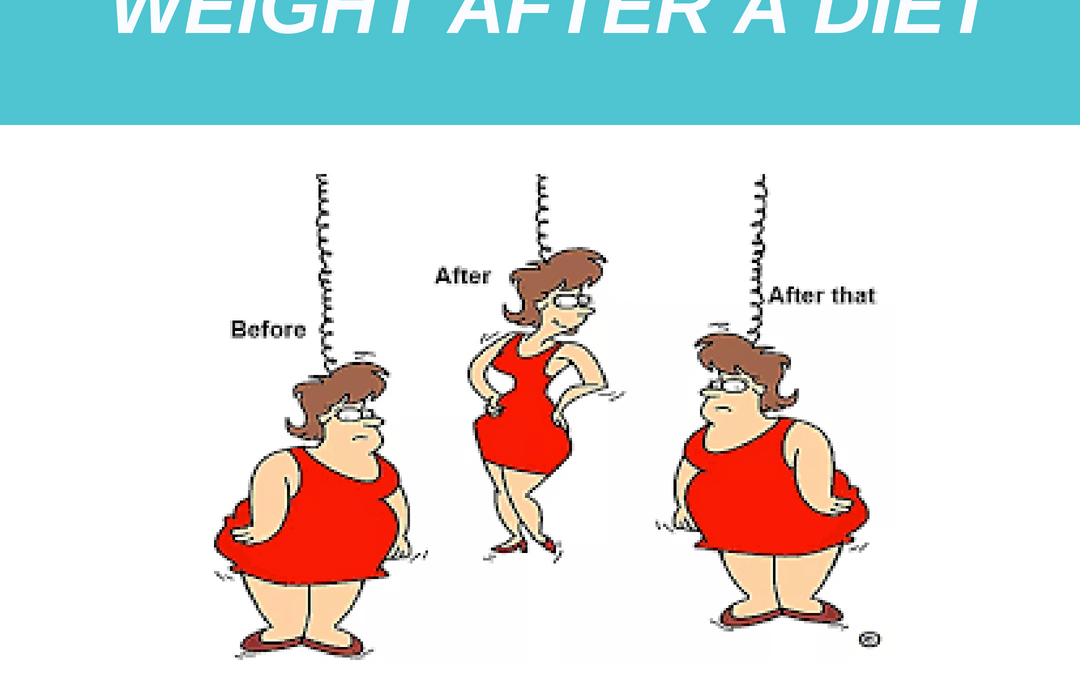For a lot of people losing weight isn’t the problem. It’s keeping it off once you have lost it!!
“It has been estimated that approximately 80-90% of dieters return to their baseline weight percentiles, which sheds light on the immense challenges faced “after the diet.”
I recently read a guest review on MASS which outlined metabolic adaptations to weight loss during and after the diet. I would like to discuss this review and summarize the key points giving my thoughts and opinions.

Dealing with Metabolic Adaptations to Weight Loss: During and After the Diet.
Our bodies are built to survive & one of the keys to survival is not starving to death.
As you diet your body will do things to try and stop you losing weight as a means of survival. Your body doesn’t know that you want to lose a few pounds to look good on the beach! It sees that there is a limited amount of energy available so it will adapt to make sure it survives.
By understanding what happens as we lose weight, we can improve our ability to plan for it and have ways to get around it so that we can be successful with losing weight and maintaining that weight loss.
These changes that happen are called metabolic adaptations.
“Metabolic adaptation describes a group of physiological adaptations to the combination of energy restriction and weight loss, which collectively serve to oppose further weight loss.”
To understand the metabolic adaptations you must have knowledge first of your total daily energy expenditure (TDEE). This is the amount of calories you burn over the course of a day and is made up of 4 main sub-components;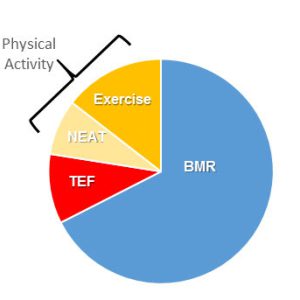
- BMR – Basal metabolic rate
The amount of energy it takes to exist.
This takes up about 60-70% of your TDEE.
- TEF – Thermic effect of feeding
The amount of energy it takes to ingest, absorb, metabolize and store nutrients from food.
This accounts for about 10% of your TDEE.
- EAT – Exercise activity thermogenesis
The amount of energy you burn through exercise each day.
This generally accounts for around 5-10% of your TDEE.
This can vary greatly depending on how much you train and for how long.
- NEAT – Non exercise activity thermogenesis
This is the amount of energy you burn through everything else you do each day outside of training.
Walking, moving, fidgeting etc…
This generally accounts for 15% of your TDEE.
But can go up much higher depending on your daily activity levels.
When trying to lose weight;
BMR and TEF will take a hit during weight loss and decrease your TDEE.
TEF – You’re not eating as much food in a calorie deficit so your body doesn’t have as much food to take in each day.
BMR – We lose fat free mass over the course of a successful weight loss diet so there’s essentially ‘less of us’!
We also see reduction in hormones that stimulate metabolic rate;
Thyroid – Responsible for regulating the metabolism.
Leptin – Leptin is a hunger hormone that helps regulate your appetite.
We generate ATP (adenosine triphosphate) more efficiently so we burn less calories both at rest and while exercising during an energy restriction.
Despite all the above, the biggest adaptation happens with NEAT. (non-exercise activity thermogenesis)
NEAT can be quite difficult to measure in people, although we do monitor steps, it’s almost impossible to monitor how much someone fidgets, how they hold themselves when they sit down, how they stand etc…

EVIDENCE SUGGESTS REDUCTIONS IN NEAT ACCOUNT FOR 85-90% OF METABOLIC ADAPTATION.
Practical recommendations for helping avoid these drops in metabolic rate;
– Structured resistance training programme
– Adequate protein intake
– An appropriate rate of weight loss that isn’t too severe.
– Avoiding too much cardio
These recommendations don’t have much evidence to tell us exactly how well these tactics work but are considered the best practices.
DIET BREAKS
Recently diet breaks have been gaining popularity and for a good reason.
Taking a diet break refers to increasing daily caloric intake to an accurate maintenance level. So it’s not just increasing calories, it’s increasing them to maintenance levels.
A 2014 study looked at two groups that were exposed to the same calorie deficit and the group that had taken diet breaks lost more fat throughout the diet and had less metabolic adaptations.
The only problem with this; the diet takes longer!! This is where you have to weigh up the pros and cons. You then have to decide what would suit you better and what you can actually stick to!
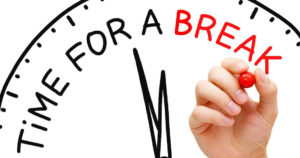
After the diet;
“DIETERS CAN FIND THEMSELVES IN AN INTERESTING POSITION FOLLOWING A SUCCESSFUL WEIGHT LOSS PHASE. THEY PROBABLY HAVE A LOWER METABOLIC RATE THAN BEFORE, IN ADDITION TO A HORMONAL MILIEU THAT PROMOTES HUNGER AND OPPOSES MUSCLE GROWTH.”
There are plenty of psychological factors that come into play following a diet;
– Fixation on food.
– Lack of motivation post diet as they feel like they’ve nothing to work towards now.
“It has been estimated that approximately 80-90% of dieters return to their baseline weight percentiles, which sheds light on the immense challenges faced “after the diet.”
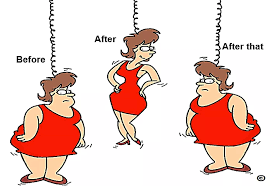
Practical steps that you can take to help avoid this re-gaining of weight;
- Set a goal and a plan of action.
There are two options people commonly use here.
Reverse diet – This is where you slowly creep calories back up while trying to maintain the weight loss within a couple of pounds.
You would transition into more sustainable diet and exercise habits.
e.g. Reduce down cardio if it was at a high amount.
Reduce steps and activity levels back to a normal sustainable amount.
Recovery diet – This is where you increase calories straight away to maintenance or above. You accept some fat gain while being able to enjoy lots more food and being relaxed & flexible with your diet and training.
Like everything these two approaches have pros & cons;
“The more abruptly you raise your calories and begin regaining weight, the quicker you will begin to undo the unfavorable metabolic and hormonal effects of weight loss. However, the downside is obvious: You will regain fat quicker. “
- Increase calories taking yourself out of a calorie deficit.
‘After the diet’ is a lot more important than people think.
Many people lose weight at first and then their weight will begin to maintain. They don’t increase calories and end up staying on these low calories without losing weight.
“It is safe to say that maintaining any semblance of a caloric deficit after the active weight loss phase is a mistake (by definition, the active weight loss phase would not actually be over yet), so an immediate caloric increase to at least maintenance calories is warranted.”
The goal (in my opinion) should be to increase calories as high as possible while minimizing fat gain. How fast you can do this will depend on the individual so needs to be monitored and adjusted to the person and their situation.
This is mainly down to changes is NEAT and how different it is for people.

For example;
If you overfeed someone, subconsciously they may start to move more, fidget more and be burning off the extra calories consumed.
Another person might not do that when you overfeed them, so they would be susceptible to more fat gain.
A study by Levine et al showed that some participants gained TEN TIMES more fat than others in response to the same overfeeding protocol!!
Another mistake people make (especially males) after a diet is gaining too much weight with the hope of gaining loads of muscle. (A lot of the time this is just an excuse guys make up in their heads for overeating and not being in control of their food intake after a diet!)
“Evidence suggests that the likelihood of rapidly acquiring substantial amounts of lean mass is pretty minimal in the immediate aftermath of weight loss.”
- Plan for mistakes.
Without the motivation that you have during a diet, slip ups are inevitable after the diet.
Often excessive hunger and desire for food are present after a diet.
One strategy the author talks about to help with this are avoiding hyper-palatable foods post diet as they can cause binging episodes. More so after a diet as we are more prone to binging post diet.
We all have these ‘danger foods’. e.g. peanut butter is a common one for people. One spoon leads to sitting in the corner with the jar and eating the whole thing.
Most of us will have a handful of foods like this and it might be a good idea to try to avoid them. Recognising this and being aware of it should be the first task at hand.
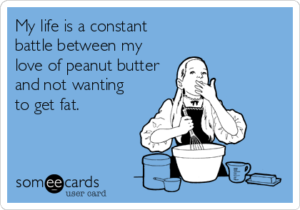
KEY TAKE HOME POINTS;
– As we lose weight, the body will fight back to stop us losing this weight through metabolic adaptations.
– NEAT (non exercise activity thermogenesis) seems to make the biggest difference out of all the metabolic adaptations that occur.
– Diet breaks have been shown to decrease the metabolic adaptations & promote more fat loss, but they make the diet longer in duration.
– Approximately 80-90% of dieters return to their baseline weight, so planning for the period after the diet is very important.
References:
1.)Trexler, E. Dealing with Metabolic Adaptations to Weight Loss: During and After the Diet. MASS Volume 2, Issue 5, 2018. P. 38-48.

